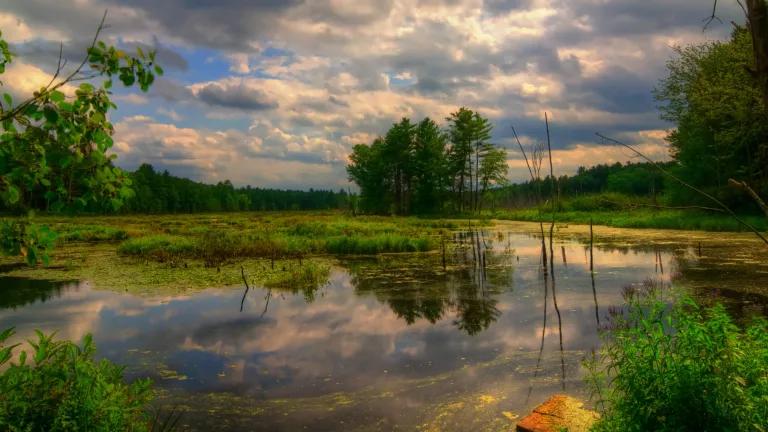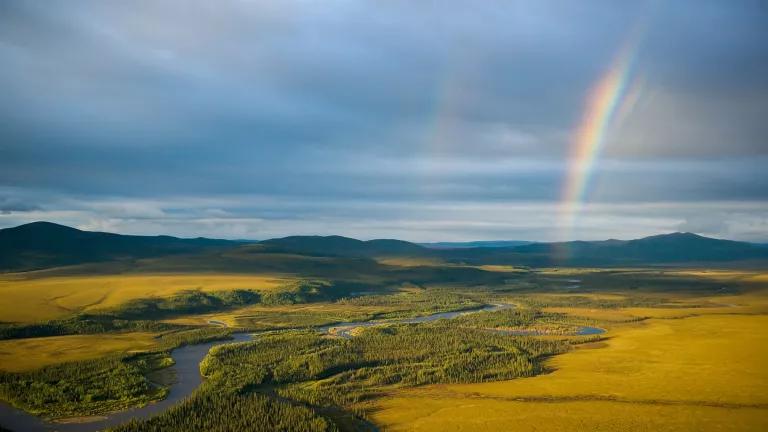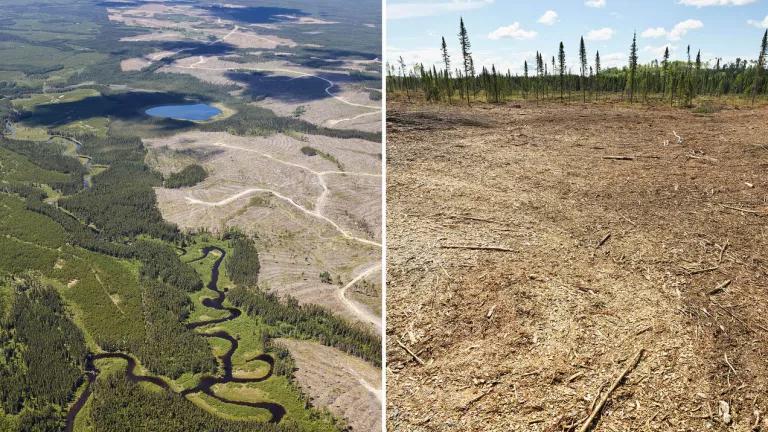Bold Action to Save our Global Life Support System
Given the scale and scope of the challenges we face, the 30x30 plan is a down payment on a new relationship with nature that we must forge to keep our global life support system in operation.

Puffer Pond Assabet River
NWR Photo Credit Jay Beeler
Climate change and the accelerating loss of nature threaten the future of people and our planet. So, it comes as no surprise that the House Select Committee on the Climate Crisis recognizes the links between the climate crisis and our nature crisis and that addressing one, necessarily requires addressing the other. One significant way it does this is by calling for the adoption of a national goal of protecting at least 30 percent of U.S. land and water areas and 30 percent of ocean areas by 2030 (“30x30”). Given the scale and scope of the challenges we face, 30x30 is a down payment on a new relationship with nature that we must forge to keep our global life support system in operation.
From the air we breathe expelled and cleansed by vast forests, the water we drink filtered and conveyed by wetlands and rivers, to the food we grow sprouting from fertile plains, our land and its freshwaters constitute a global life support system. For millions of years, this life support system has also played a vital role in pulling planet-warming carbon out of the atmosphere and sequestering it away. Today, that global life support system is in jeopardy.
As described by Robert Watson, former chair of the Intergovernmental Science-Policy Platform on Biodiversity and Ecosystem Services, “The health of ecosystems on which we and all other species depend is deteriorating more rapidly than ever. We are eroding the very foundations of our economies, livelihoods, food security, health and quality of life worldwide.” For terrestrial environments, the leading cause of this deterioration is land-use changes—converting wild areas from their natural state to other uses—driven by agriculture, forestry, urbanization, and mining. These conversions have touched 75% of our land-based environments, significantly disrupting their natural functions. The results are catastrophic, with a million species threatened with extinction, many within decades, and escalating threats to our clean water supplies, food security, and continued ability to maximize carbon sequestration in natural environments.
To stop and reverse this deterioration, leading scientists call for the protection of at least 30 percent of land and inland water areas to be maintained or brought back to their natural state by 2030. We believe that such protections mean establishing enduring measures for such land and waters so that their natural character, resources, and functions are preserved and restored for current and future generations. When effectively implemented and enforced, these protections support thriving biodiversity, contribute to climate resilience, and provide ecosystem services.
While such protections are not unknown in the United States (we’re looking at you National Parks, Wildlife Refuges, State Parks, Monuments, Wild and Scenic Rivers, etc.) their application to at least 30 percent of representative land and inland water areas throughout the United States is the kind of transformative change scientists have concluded is necessary to disrupt the negative impacts from our land-use choices. Expanding the scope of our nation’s protected areas necessarily involves intentional and dedicated commitment to increasing access to these areas – and the social benefits that accompany them – to all people, with an emphasis on disadvantaged communities and communities of color.

Gateway National Recreation Area
To achieve protections for at least 30 percent of land and water areas and to do it right—building climate resilience as we lock in carbon sequestration benefits and maximize the health of diverse and thriving ecosystems—we must be bold and visionary. That’s the path the Select Committee report lays out and that is already on the table with The Thirty by Thirty Resolutions to Save Nature (S.Res.372 and H.Res.835). Our children and grandchildren are depending on us to preserve nature, and not enable its decline.



